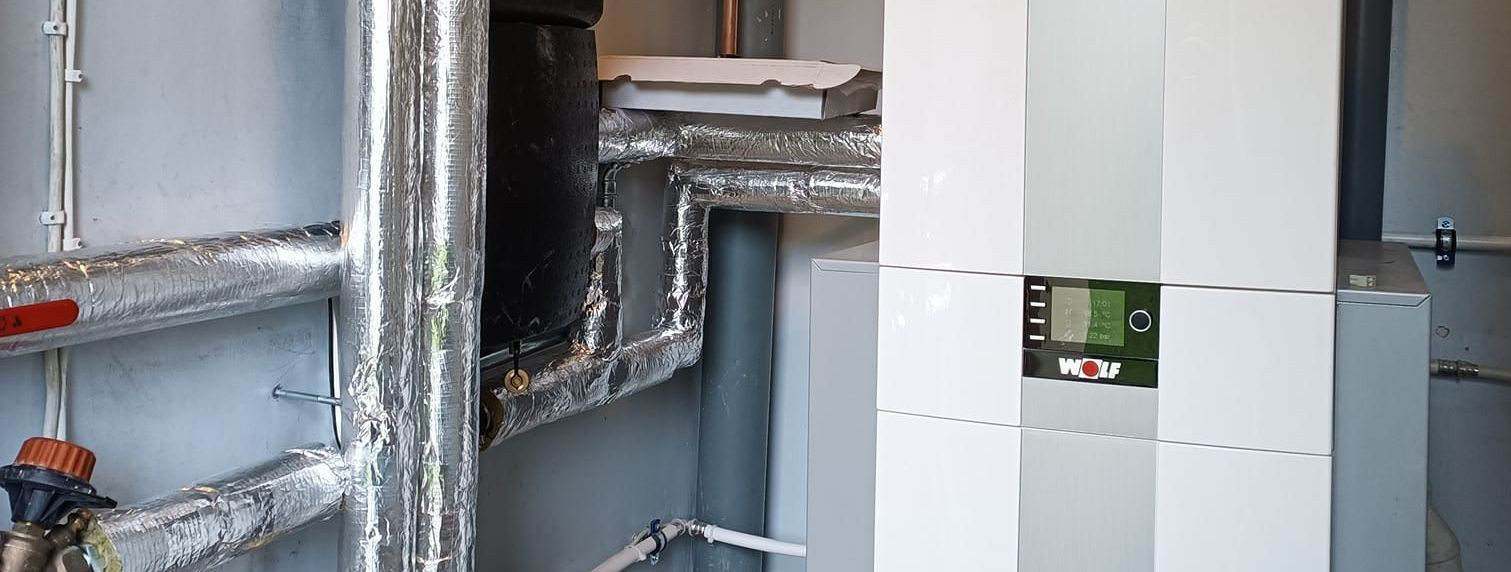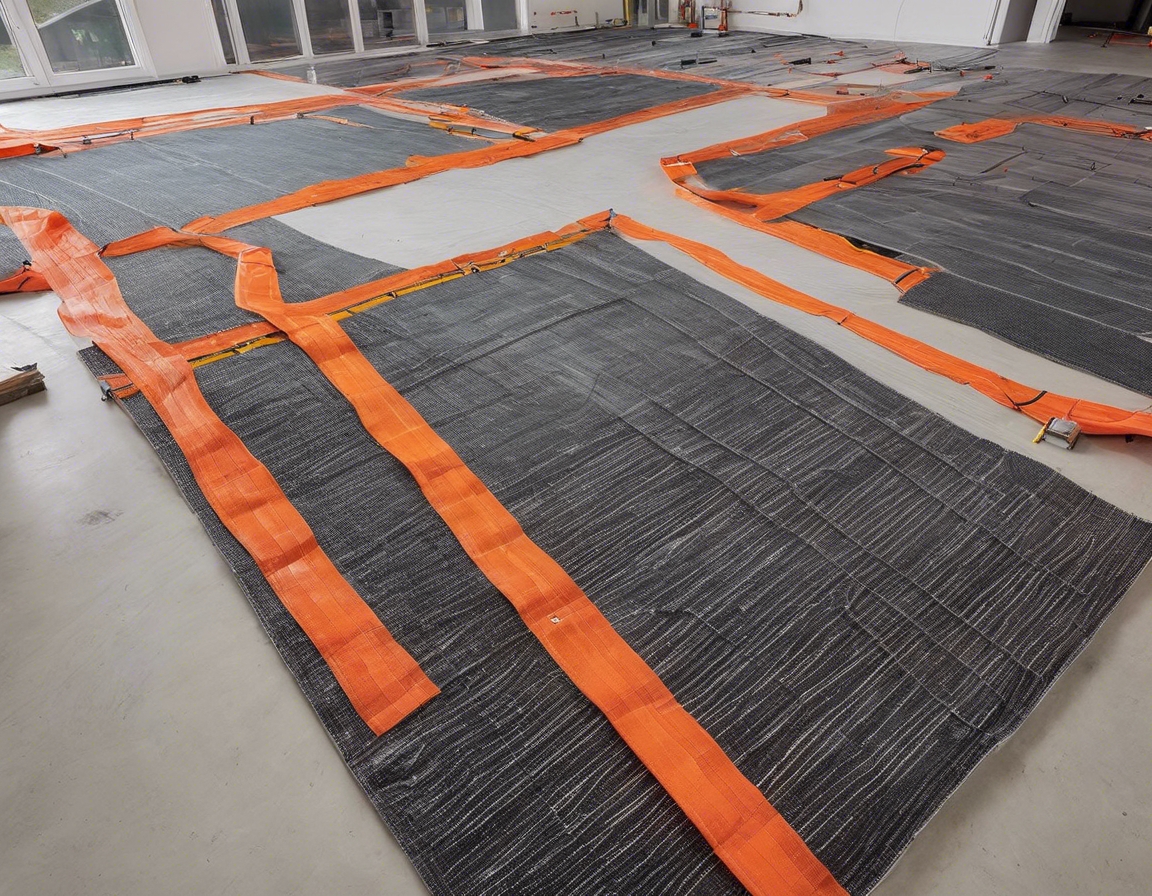Underfloor heating: the invisible luxury you deserve
Underfloor heating is a form of central heating that achieves indoor climate control for thermal comfort using conduction, radiation, and convection. The system is installed beneath your floor, creating a large radiant surface that evenly distributes heat throughout the room from the ground up.
Underfloor heating offers numerous advantages, including consistent temperatures, no cold spots, improved air quality, and invisible, noiseless operation. It also allows for free wall space, as there are no radiators or visible heating elements.
Types of Underfloor Heating Systems
Hydronic systems circulate warm water through a series of pipes installed beneath the floor. They are ideal for whole-house heating and can be connected to various energy sources, including boilers and solar water heaters.
Electric systems utilize electrical cables or mats to generate heat. They are often easier and less costly to install than hydronic systems and are suitable for heating individual rooms or small areas.
Understanding the Installation Process
Before installation, a thorough assessment of the property is necessary to determine the best underfloor heating system. This includes evaluating the existing flooring, insulation, and heating requirements.
The installation process involves preparing the subfloor, laying insulation boards, installing the heating pipes or cables, and finishing with the flooring material of choice. Professional installation ensures optimal performance and efficiency.
Costs and Energy Efficiency
While the initial investment for underfloor heating may be higher than traditional heating systems, the long-term savings on energy bills and the system's longevity can make it a cost-effective choice.
Underfloor heating systems are highly energy-efficient, reducing the carbon footprint of your home or business. They work at lower temperatures than radiators, requiring less energy to heat a space effectively.
Maintenance and Longevity
Maintenance for underfloor heating systems is minimal, typically involving periodic checks of the thermostat and heating elements to ensure everything is functioning correctly.
With proper installation and maintenance, underfloor heating systems can last for decades, providing a reliable and durable heating solution.
Customization and Control
Modern underfloor heating systems offer advanced thermostats and zoning capabilities, allowing you to control the temperature in different areas of your home or business for enhanced comfort and efficiency.
Integration with smart home technology enables you to manage your underfloor heating remotely, providing convenience and further energy savings through intelligent scheduling and usage patterns.






Comments (0)